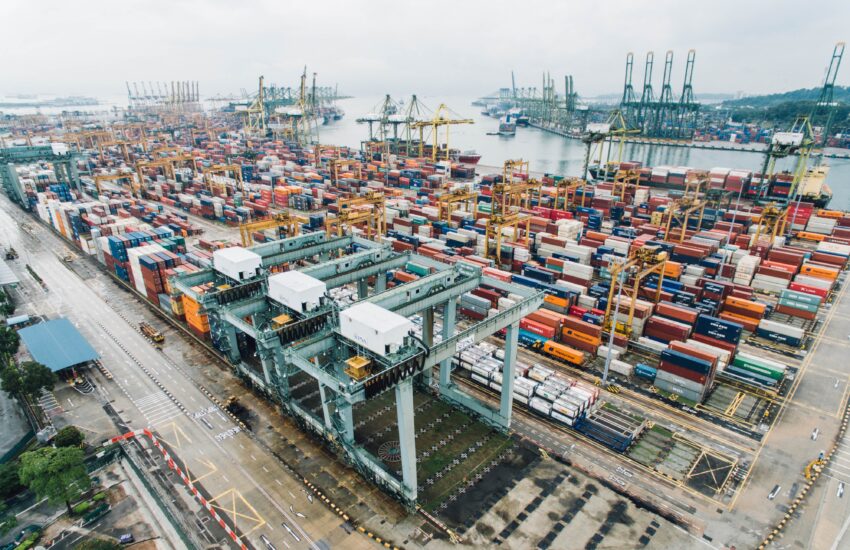This post was first published by FDI Intelligence.
An initiative by the OECD to tackle base erosion and profit shifting (BEPS) by multinationals prompted countries around the world to amend the preferential tax regime offered by their Special Economic Zones (SEZs) programme, particularly those elements that could be labelled as harmful tax competition.
Within the same context of the BEPS initiative, the OECD-G20 also came up with the Global Anti-Base Erosion (GloBE) framework, which calls for the introduction of a global minimum tax for multinationals, a proposal that can also affect SEZ – the proposal is currently being discussed by the 139 countries participating in the BEPS initiative. More recently, the Biden administration in the US has submitted its own proposal for a minimum tax.
Unlike the BEPS Project that addresses harmful tax competition, the GLoBE and the US proposals address all types of tax competition. The proposal (either US or GLoBE) would mandate all countries to effectively levy a minimum tax rate – proposals swing from 12.5% to 28%.
One of the concerns is to what extent the minimum tax will result in less investment in developing countries, since companies carrying out investment in these countries may not have a return on investment that allows the payment of this tax. This is the case of investments carried out in a SEZ that benefits from a reduced tax rate in comparison to the country’s domestic tax rate.
The use of SEZs has been promoted by countries to support the development of exports, foreign direct investment and local employment, but also to promote investment and competitiveness in specific (or underdeveloped) geographical areas. Since there are no exceptions to the application of the minimum tax rate, it could be reasonably expected that all business carried out overseas will have to comply.
But what will investors do if the reduced rate in the SEZ is below the minimum tax rate (e.g. SEZ 5% and minimum tax rate 25%)? Will they leave the country, or pay the difference (25%-5%=20%) to the country where the investor is headquartered (due to the income inclusion rule)? And if so, would the revenue foregone by the developing country then be transferred to the developed country?
At the time of writing these proposals are still being discussed but it is clear that there is a need for more clarity on how these proposals will be shaped. It remains to be seen how to mitigate the impact of a minimum tax on foreign direct investment, and how countries, including countries that have modified their SEZ regimes in the past, can benefit from these changes – and, eventually, if this means the end of SEZs everywhere.

